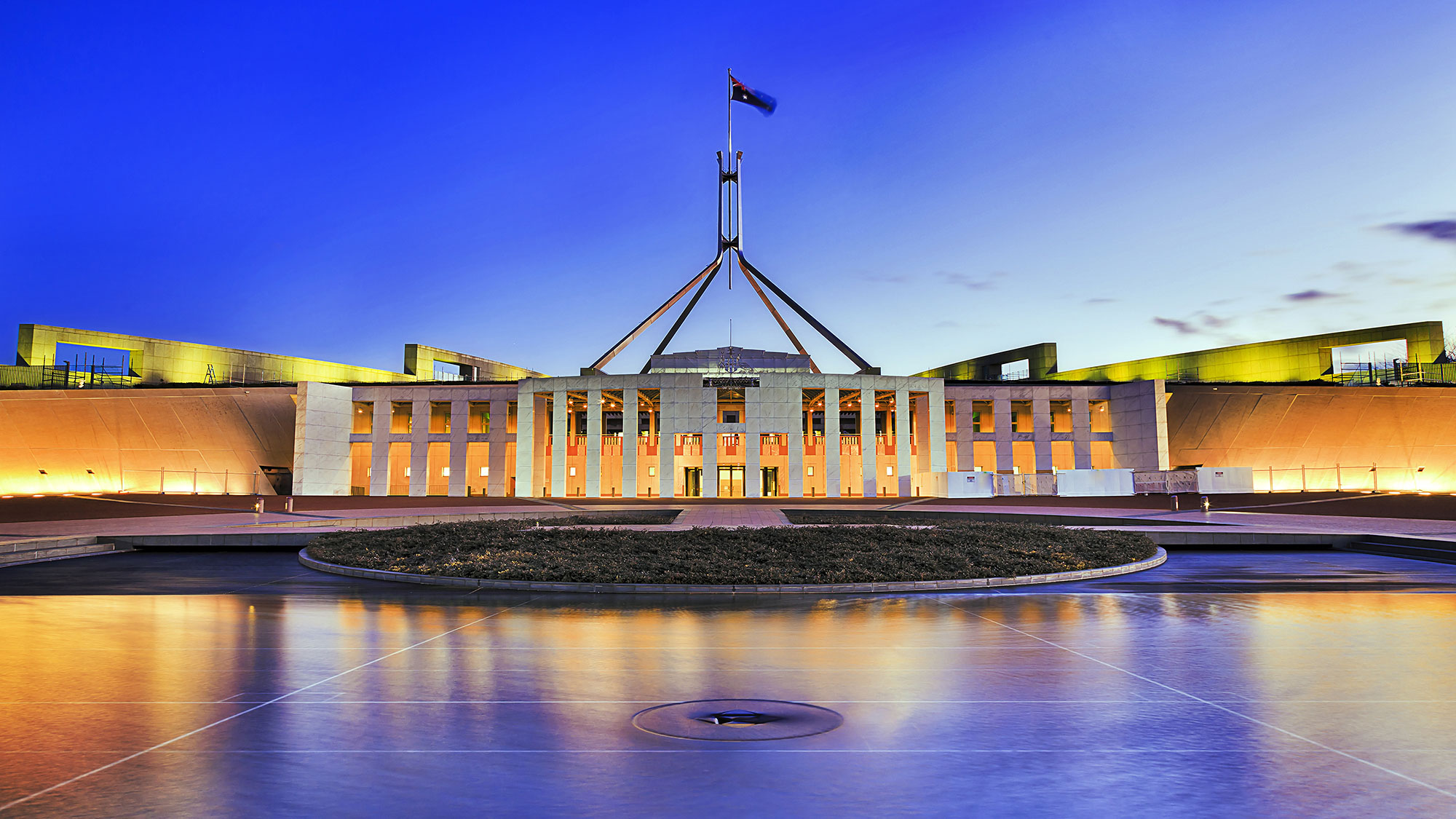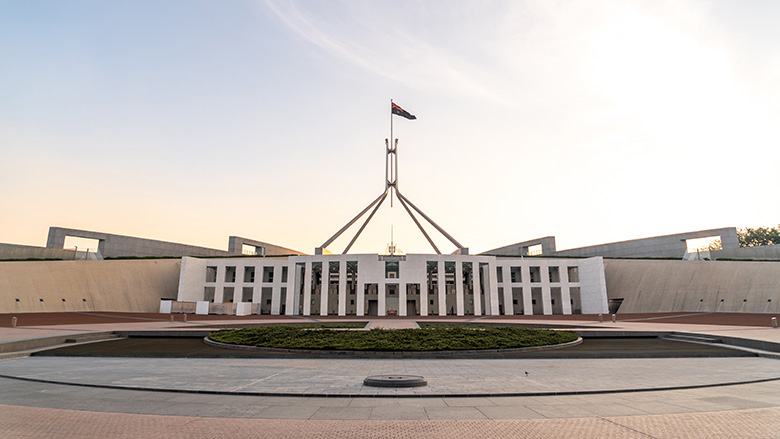The health moves by the Federal Government saw population growth slow “drastically”, says CBA’s economics team, to a low of just 0.1 per cent in the first quarter of 2021 compared to pre-pandemic annual growth levels of 1.5 per cent.
This should have a beneficial effect on the economic projections and the broader Budget as a whole. “Lower population growth is an economic headwind, as it reduces aggregate demand, labour supply and taxation revenue,” the CBA team said in their post-Budget economics update, released on Tuesday 30 March 2022.
“The faster recovery in population growth reflects a faster than expected rebound in net overseas migration….and [that] now adds to the population from 2021/22 rather than subtracting from it.”
Net overseas migration is expected to recover to around 200,000 people a year or just over by 2022/23 , supporting overall population growth of 1.2 per cent over the same period.
This trend is also supporting what CBA says is a solid upgrade to employment growth forecasts by the Treasury. Previously expected to rise by 1.75 percentage points in the mid-year economic outlook released at the end of 2021, employment growth is now anticipated to increase by 2.75 per cent over the year to the second quarter of 2022.
The re-opening of international borders should see a rise in short-term non-resident workers arriving into the country, including some international students, which should help those sectors of the economy that rely on the temporary workforce.
“However, it is worth noting that these workers are not included in the regular labour market figures,” says the CBA team. “Together with the higher projection for net overseas migration these workers add to the labour supply and could slow the extent to which wages growth accelerates.”




